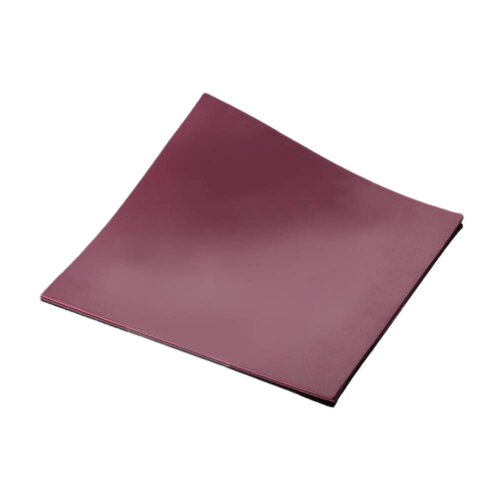Rubber Sheets are versatile, durable, and flexible materials widely used in laboratories, industrial settings, and general-purpose applications. They are fabricated from high-quality natural or synthetic rubber compounds such as Natural Rubber (NR), Neoprene (CR), Nitrile (NBR), EPDM, Silicone, or Viton, each chosen based on the application’s resistance needs (chemical, heat, oil, or abrasion). These sheets are designed to provide mechanical cushioning, thermal insulation, chemical resistance, and electrical insulation, depending on the type of rubber. Rubber sheets can be cut, shaped, or layered to serve as gaskets, seals, insulation barriers, protective linings, flooring, or table covers in labs and workshops. Rubber sheets are available in various hardness (durometer) ratings, colors, thicknesses, and surface finishes (smooth or textured) to meet specific technical requirements.
Feature of Rubber Sheets
-
Material Options:
-
Natural Rubber (NR): High elasticity and wear resistance
-
Neoprene (CR): Oil, flame, and weather resistant
-
Nitrile (NBR): Excellent resistance to oil, fuel, and chemicals
-
EPDM: Superior resistance to weather, ozone, and UV
-
Silicone: High heat resistance, non-toxic, food/lab safe
-
Viton (FKM): Exceptional chemical and temperature resistance
-
-
Thickness Range: 0.5 mm to 25 mm (customizable)
-
Width & Length: Available in standard rolls (1 m x 10 m) or cut-to-size
-
Hardness (Shore A): Ranges from 30 to 90 durometer
-
Temperature Range: -50°C to +300°C (depending on material)
-
Surface Finish: Smooth, ribbed, or fabric impression
-
Color: Black, red, white, grey, blue, transparent (based on rubber type)
-
Reinforcement: Optional cloth or nylon insertion for high strength



There are no reviews yet.